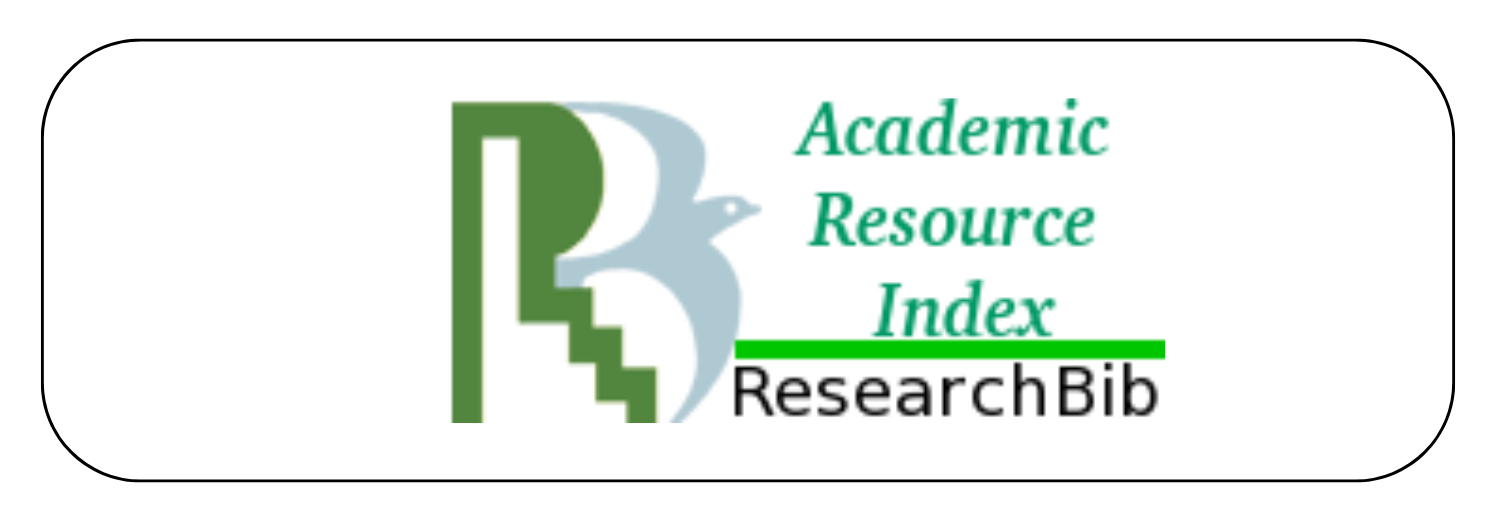A Conceptual Framework for Studying Technology Adoption of Malaysian SME Retailers.
DOI:
https://doi.org/10.61688/ajpbs.v4i2.131Keywords:
Technology Adoption, SME, TAM, TOE, RetailAbstract
This paper is fundamentally a conceptual paper, the purpose of which is to propose a framework for researchers to study technology adoption of small and medium enterprise retailers (SMERs) in Malaysia by combining the dimensions of system-specific approach and latent personality dimensions. which focuses on existing theoretical frameworks and paradigms in the study of technology adoption of SMERs. However, the paper also draws on the database of reviews of past studies conducted in the field of technology adoption and identifies two fundamental paradigms- the system-specific approach and the latent personality dimensions approach. The paper also draws upon the empirical findings of these studies to determine and define the elements of the proposed conceptual framework. The available empirical data from the conclusions of the existing research studies, therefore, are bound by the limits of these two paradigms. This paper proposes a conceptual framework and a language which scholars can utilize to take a more holistic approach, which bridges the gap between the two existing paradigms. The study has a theoretical contribution as it aims to propose a new model for the technology adoption of SMERs by incorporating the system-specific paradigm and the latent personality behavior paradigm. The second theoretical contribution of this framework is that it can test the moderating effect of latent personality dimensions. Furthermore, the paper is also in alignment with the Government of Malaysia’s National 4IR Policy. This paper modifies three existing theoretical frameworks- TAM, TOE, and TRI, thereby, proposing a new conceptual model for technology adoption of SMERs
Downloads
Published
How to Cite
Issue
Section
License
Copyright (c) 2023 Anif Raza Haider, Suharni Maulan

This work is licensed under a Creative Commons Attribution 4.0 International License.
Published by Universiti Poly-Tech Malaysia. This article is licensed under the Creative Commons Attribution (CC BY 4.0) license. Anyone may reproduce, distribute, translate, and create derivative works from this article (for both commercial and non-commercial purposes), provided full attribution is given to the original publication and authors. The complete terms of this license can be found at:http://creativecommons.org/licenses/by/4.0/legalcode













